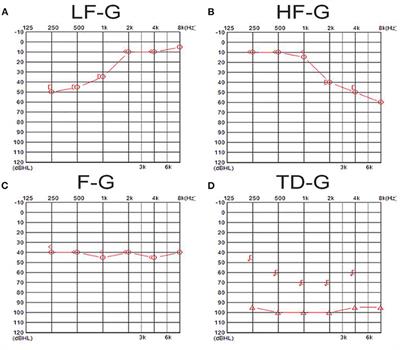REVIEW
Published on 28 Apr 2022
Consensus on MR Imaging of Endolymphatic Hydrops in Patients With Suspected Hydropic Ear Disease (Meniere)
doi 10.3389/fsurg.2022.874971
- 11,867 views
- 18 citations
18k
Total downloads
103k
Total views and downloads
REVIEW
Published on 28 Apr 2022
EDITORIAL
Published on 27 Apr 2022
ORIGINAL RESEARCH
Published on 04 Feb 2022
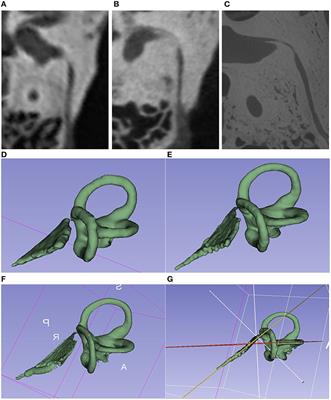
ORIGINAL RESEARCH
Published on 12 Jan 2022
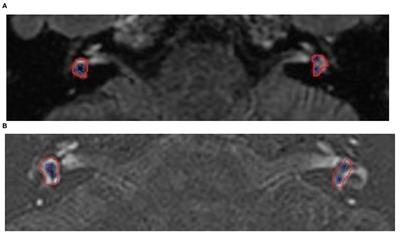
CASE REPORT
Published on 08 Dec 2021
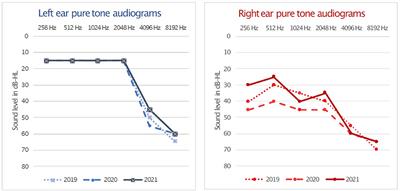
ORIGINAL RESEARCH
Published on 04 Nov 2021
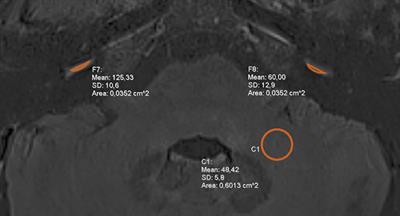
ORIGINAL RESEARCH
Published on 22 Oct 2021

ORIGINAL RESEARCH
Published on 05 Oct 2021
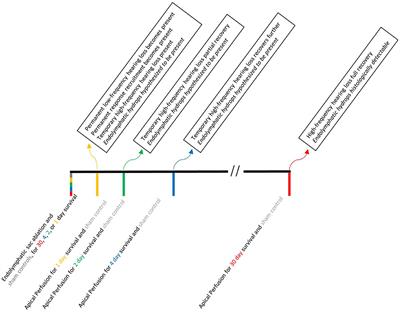
MINI REVIEW
Published on 23 Aug 2021
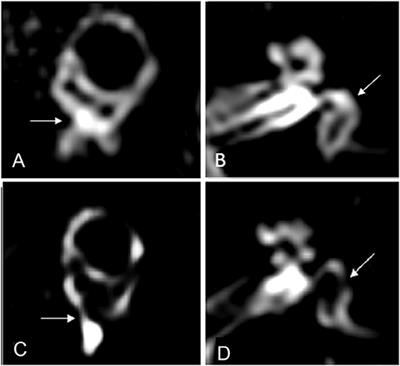
ORIGINAL RESEARCH
Published on 20 Jul 2021
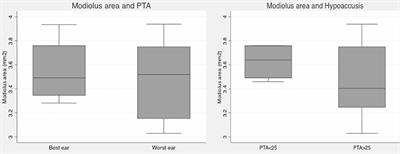
ORIGINAL RESEARCH
Published on 22 Jun 2021
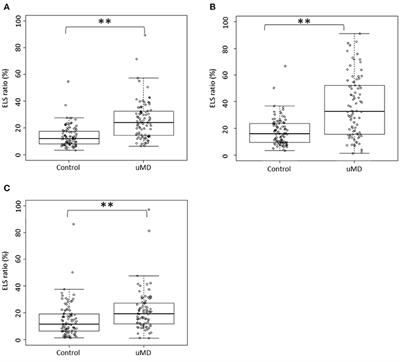
ORIGINAL RESEARCH
Published on 21 Jun 2021
